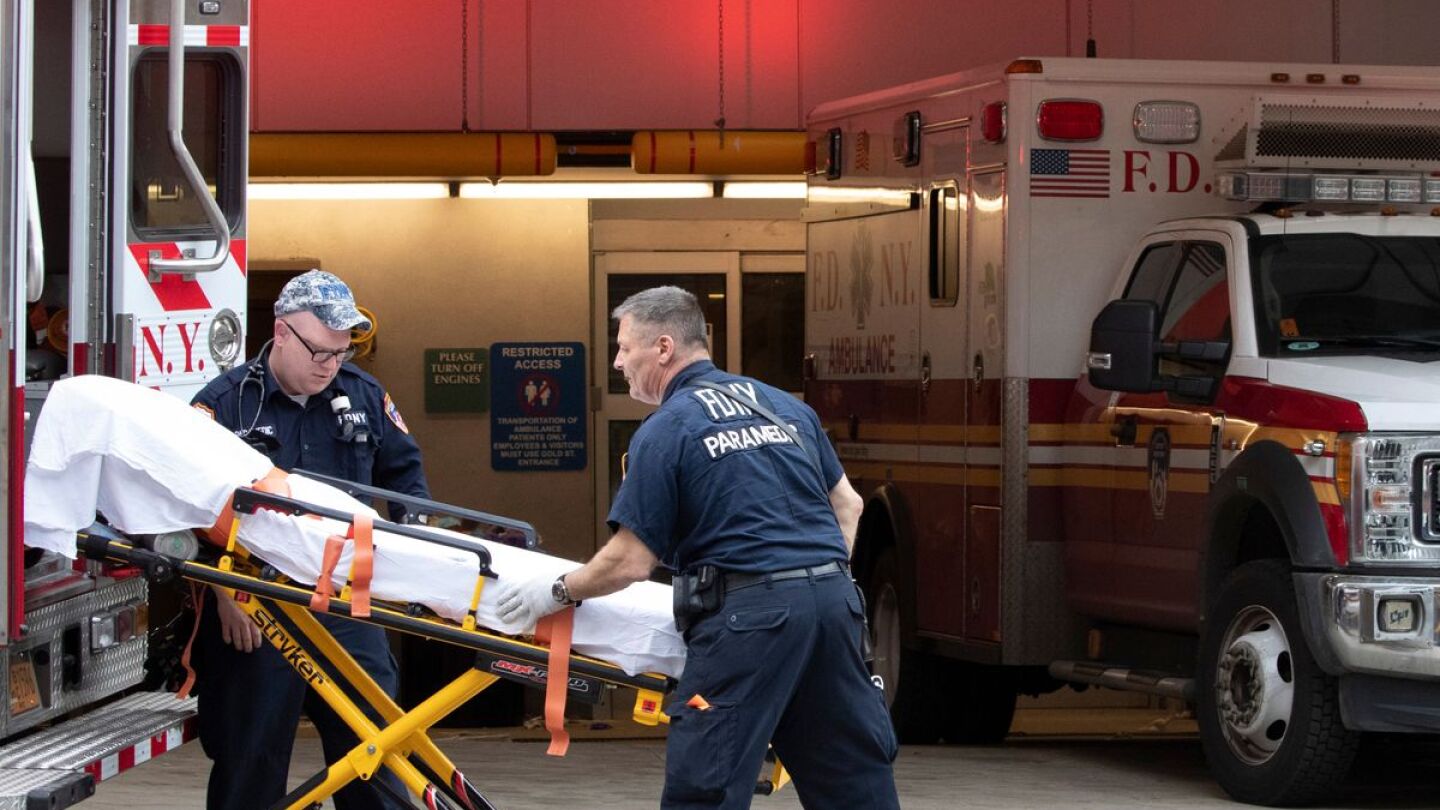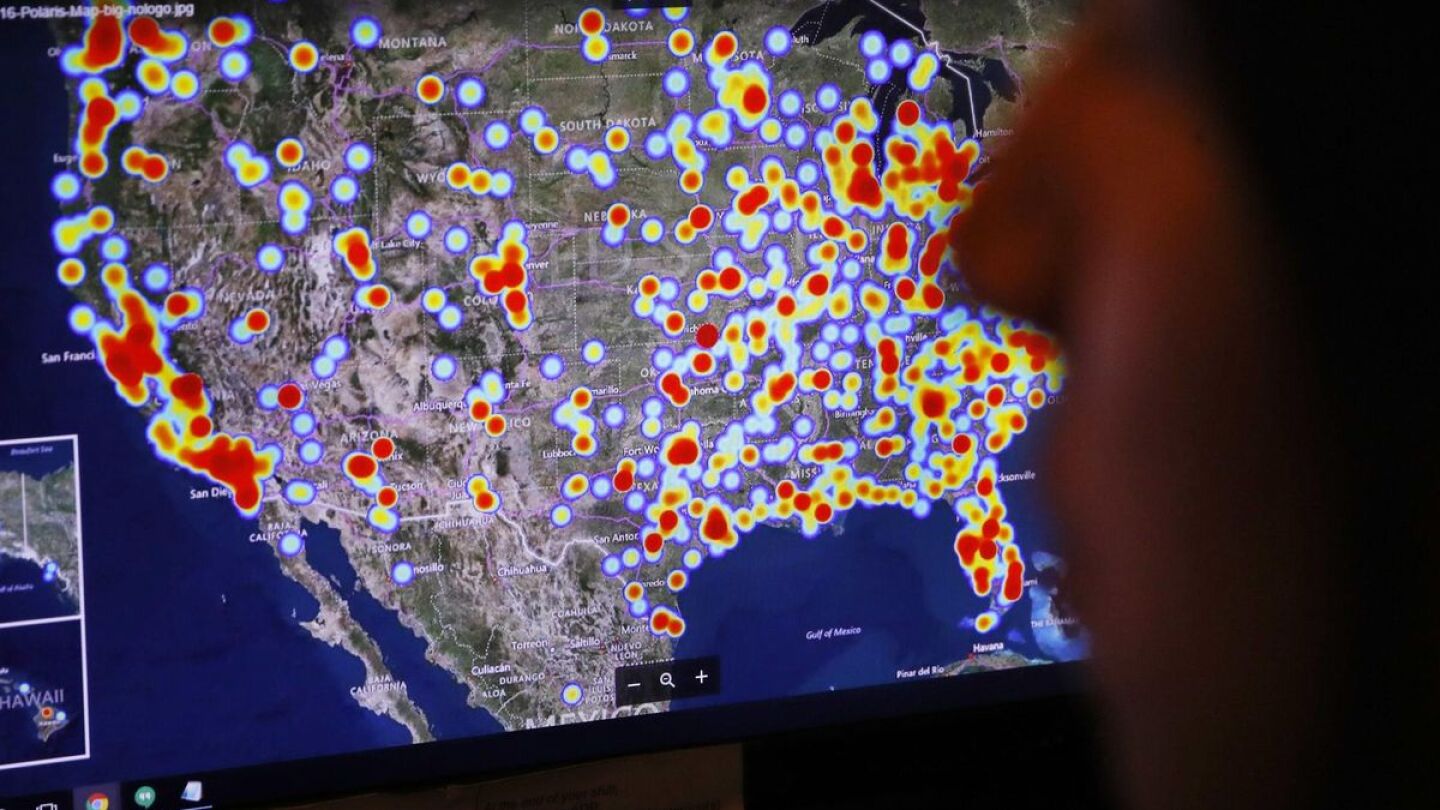EMS Training and Education
OPQRST is an important part of patient assessment and the start of a conversation with the patient about their pain complaint
Capnography and ETCO2 monitoring are critical for assessing ventilation, confirming airway placement and guiding resuscitation
Becoming a paramedic is the highest level of prehospital care and requires much more advanced training than becoming an EMT
Managing high-risk/difficult refusals with the FEARS mnemonic
Four distinct events must occur in order for an anaphylactic reaction to manifest
Boost your study game, improve your field readiness, and ace your NREMT exam with these essential paramedic school supplies
These priorities ensure leaders have the tools to inspire trust, lead effectively, and guide their teams with confidence and expertise
Skilled actor patients offer a practical, impactful way to teach EMS providers respect for diversity, enhancing critical thinking, interpersonal skills and public trust
The NALS course expands the innovative Resuscitation Suite Portfolio that drives better outcomes
Our picks for public safety readers for inspiration, health, healing, leadership and escape
An easy patient assessment activity you can incorporate in any classroom
Learn how implicit bias is shaping (and harming) the care we give to female patients
A new University of Washington program addresses a critical gap as first responders remain the primary response to mental health calls in many areas, especially rural communities
We train extensively on blunt trauma and GSWs, but stab wounds also present a real danger for patients
For new EMTs and paramedics there is nothing more important than improving your patient assessment skills; learn and follow these field proven tips
Based at the R Adams Cowley Shock Trauma Center, the GO-TEAM is breaking barriers between prehospital and hospital care
We asked readers for advice on learning and studying pharmacology and received dozens of fantastic responses
Medication administration cross check is a simple and easy to implement process to reduce medication errors
The criminalization of medical errors has added a new layer to reducing harm
Watch as Steve Whitehead shares quick tips for improving stroke care
Day 1 of the Wisconsin EMS Association conference featured sessions on sepsis, electrolyte imbalances, facial trauma and traumatic amputations
“We can’t plan for everything, but with the right people, policies, training, and supervision in place we can best handle whatever may come our way”
“What happens when the kidneys aren’t getting enough blood? They sound the alarm with renin.”
Inspired by a post on the Humbled Medic’s blog, our cohosts discuss how the Apple TV show is a masterclass in servant leadership
For your reference: A pediatric vitals chart broken down by age range
A deadly vehicle attack in New Orleans underscores the need for EMS to adapt to evolving threats, exploring strategies for prevention, response and building resilience
Rescuers need to anticipate specific medical problems and patient needs as they prepare to encounter patients in a collapsed structure or debris pile
Crush syndrome can be expected following any event where patients are trapped for a length of time
Presbyterian Healthcare Services’ $6M Healthcare Advanced Learning Lab will be used to train first responders
By debunking human trafficking myths, EMS providers can assist the victims they encounter in their own communities
Helping a fall patient back into bed, a chair or onto the ambulance cot should launch risk mitigation in the patient’s home to prevent future falls


































